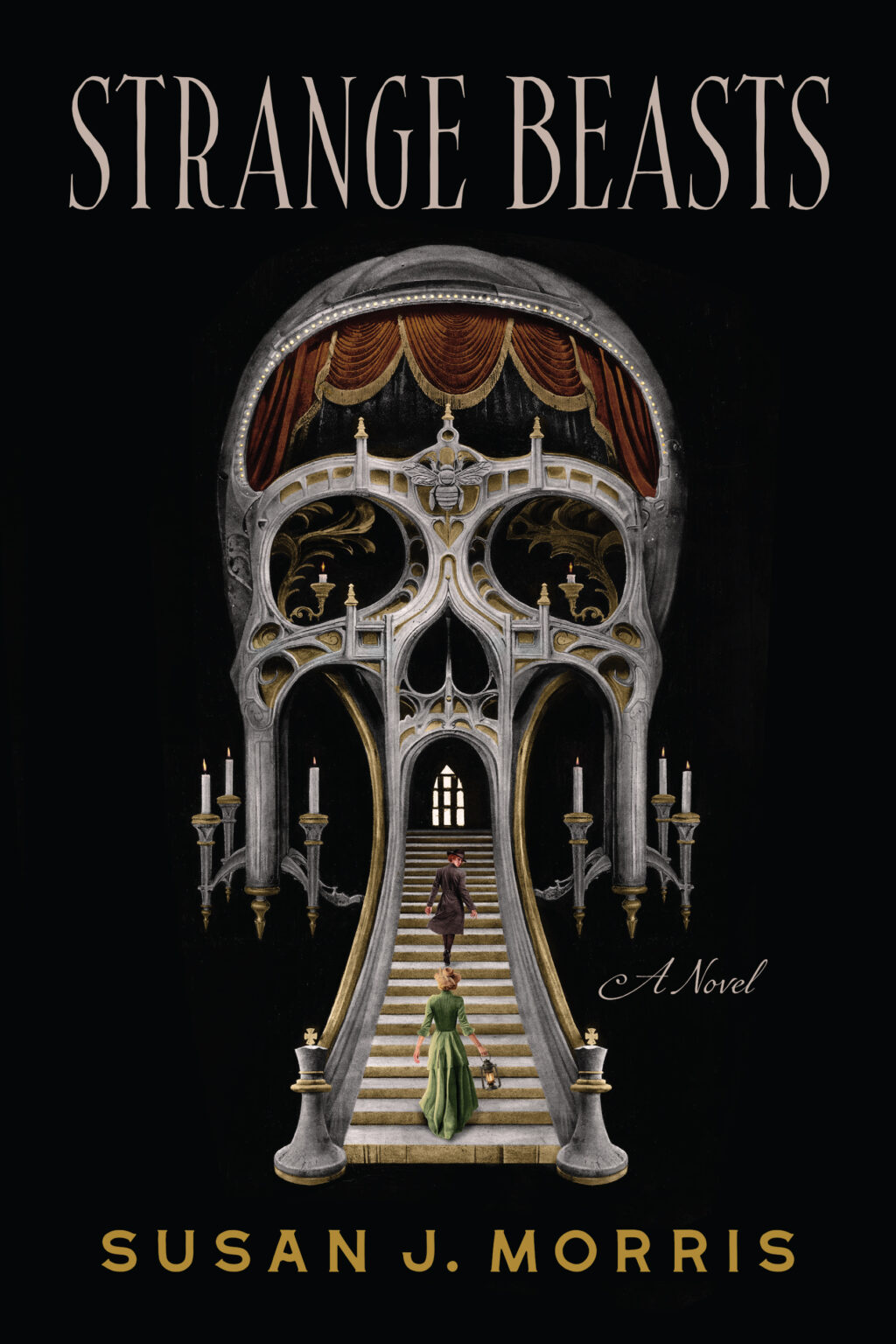Critique is the part where you tell an author everything they did wrong, right? Yes, absolutely! You need people who will tell you about the lipstick on your teeth, or that your skirt—while very fetching—has been tucked into your underwear since noon, preferably before you go out to lunch.
But critique is also the part where you tell an author what they did right. And I don’t mean by being like: this story is jellied rainbows that lit my brain on fire, either. That’s a neat compliment, and will probably make the author feel a warm if curious glow, but it’s not helpful.
What I mean is telling them specific things you loved about their story, as well why and how they worked for you. And not because authors are delicate flowers who need to be coddled (they’re not), but because it is simply more effective than only sharing the negative aspects of your critique. Here’s why:
1. For the Clearer Illumination of Errors. One of the best ways to help someone to understand how to fix something they did wrong, is by pointing out an example in their own text of where they did it right, explaining why it works so well, and then suggesting they use those techniques in the places where it’s not working right.
There is very little as deeply flattering as someone taking the time to analyze and appreciate something you did well. It takes the sting out of the problem you’re pointing out, as well as eliminates anxiety paralysis, as it makes it clear they have the skillset to do what you ask already. But suppose the author is all hardened and callused and doesn’t care about that. There are more reasons to do it where you can.
When you give them an example of where they did it right, it shows them one way they could fix it so it works for you, as well as gives them a clear basis for comparison so they can figure out what precisely isn’t working, if they want to find a different way to make it work.
Imagine for a moment their story is a puzzle with a picture of the moon on it. Negative feedback is pointing out the places they used pieces from the wrong puzzles–one puzzle piece from a train, another from the show CATS, another from that puzzle their grandmother had made of a close-up of their face… Positive feedback is telling them that they’re working on a puzzle with a picture of the moon on it. Which, it turns out, is equally vital. Otherwise, they might keep replacing wrong puzzle pieces with other wrong puzzle pieces forever. After all, there are infinite ways something can be wrong, and far fewer ways they can be right.
2. For Illustrating Your Vision for Their Book. Negative critique comments help you figure out what your book isn’t. Positive critique comments help you figure out what your book is. This sounds silly, like “they wrote it, of course they know what it’s about, fluffermuffins, what are you going on about now?” But they only know what the shape of their books is in their head.
Positive critique comments help them see the stars of their book in other people’s skies—the parts that make it stand out, or are special. What your vision of their book is, and whether it aligns with their own. It helps them to know where their strengths are so they can play to them, and what not to cut when they start trying to fix the things that aren’t working.
3. For a More Wholistic Revision. Positive critique comments elevate the revision level possible for the author. When the author only has negative comments, they can fix what’s pointed out, and sometimes analyze enough to find the underlying source. But when they have positive comments as well, the author can see their book in your head, with the things that aren’t working marked upon it like red circles on an x-ray. It’s less “this is broken” and more “here is the line you have drawn; here is where it’s broken.” This enables the author to revise wholistically—finding patterns and fixing the places they’re broken on the ground level—rather than piecemeal, sometimes even correcting things the editor would have caught on the second pass.
Of course, if you and/or your critique partner(s) thrive on negative critique only—more power to you! This isn’t to take that away from you. But if you don’t currently embrace the positive aspects of a critique, and would like a change, I hope you give it a shot. Used in conjunction with negative critique, positive critique can be a powerful tool. One that tends to make the author eager to revise, as you’ve given them something to look forward to at the end of all the work: a vision of their book all shining and bright.





